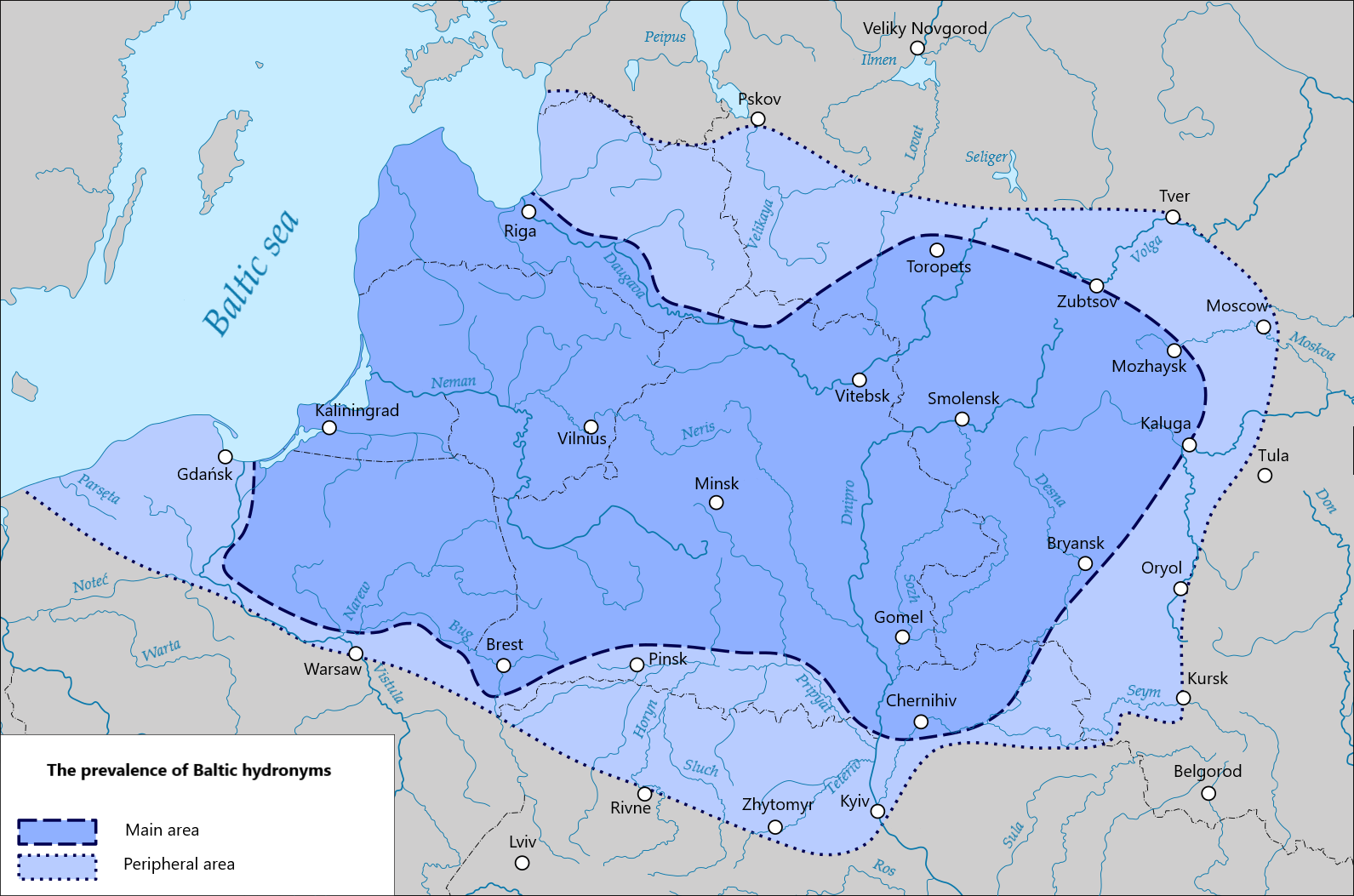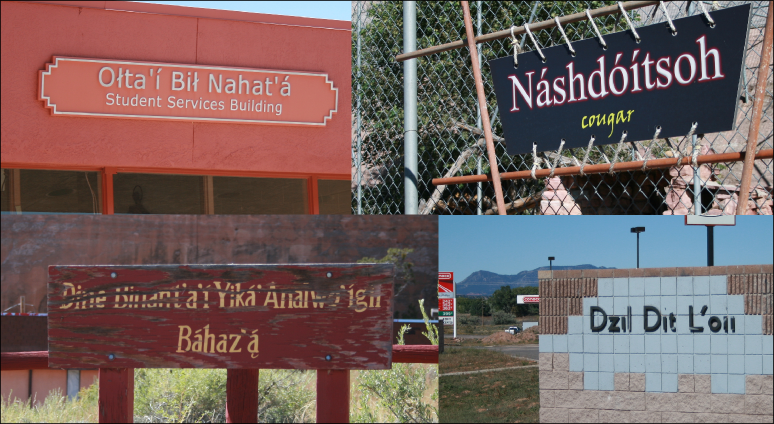|
Winnebago Language
The Ho-Chunk language (), also known as Winnebago, is the language of the Ho-Chunk people of the Ho-Chunk Nation of Wisconsin and Winnebago Tribe of Nebraska. The language is part of the Siouan language family and is closely related to other Chiwere Siouan dialects, including those of the Iowa, Missouria, and Otoe. "Winnebago", a name now used for the Ho-Chunk who were forcibly removed to Nebraska, is an exonym, an Anglicization of the Sauk and Fox word ''Oinepegi''. The anglicized form of the endonym is "Ho-Chunk". Phonology Phonemic inventory Ho-Chunk's vowel sounds are distinguished by nasality and length. That is to say, the use of a nasal vowel or a long vowel affects a word's meaning. This is evident in examples such as compared to , and compared to . All of Ho-Chunk's vowels show a length distinction, but only have nasal counterparts. Ho-Chunk's consonants are listed in the following table: Typical of Mississippi Valley Siouan languages, Ho-Chunk ... [...More Info...] [...Related Items...] OR: [Wikipedia] [Google] [Baidu] |
Ogonek
The tail or ( ; Polish: , "little tail", diminutive of ) is a diacritic hook placed under the lower right corner of a vowel in the Latin alphabet used in several European languages, and directly under a vowel in several Native American languages. It is also placed on the lower right corner of consonants in some Latin transcriptions of various indigenous languages of the Caucasus mountains. An ogonek can also be attached to the bottom of a vowel in Old Norse or Icelandic language, Old Icelandic to show length or vowel affection (linguistics), affection. For example, in Old Norse, ''ǫ'' represents the Old Norwegian vowel , which in Old Icelandic merges with ''ø'' ‹ö› and in modern Scandinavian languages is represented by the letter ''å''. Use * Avestan language, Avestan romanization (letters ''ą'', ''ą̇'', ''m̨'') * Cahto language, Cahto (''ą'', ''ę'') * Cayuga language, Cayuga (''ę'', ''ǫ'') * Chickasaw language, Chickasaw (''ą'', ''į'', ''ǫ'') * Chipewyan ... [...More Info...] [...Related Items...] OR: [Wikipedia] [Google] [Baidu] |
Lithuanian Language
Lithuanian (, ) is an East Baltic languages, East Baltic language belonging to the Baltic languages, Baltic branch of the Indo-European language family. It is the language of Lithuanians and the official language of Lithuania as well as one of the official languages of the European Union. There are approximately 2.8 million native Lithuanian speakers in Lithuania and about 1 million speakers elsewhere. Around half a million inhabitants of Lithuania of non-Lithuanian background speak Lithuanian daily as a second language. Lithuanian is closely related to neighbouring Latvian language, Latvian, though the two languages are not mutually intelligible. It is written in a Latin script. In some respects, some linguists consider it to be the most conservative (language), conservative of the existing Indo-European languages, retaining features of the Proto-Indo-European language that had disappeared through development from other descendant languages. History Among Indo-European languag ... [...More Info...] [...Related Items...] OR: [Wikipedia] [Google] [Baidu] |
Kingdom Of Poland (1385–1569)
The Crown of the Kingdom of Poland (; ) was a political and legal concept formed in the 14th century in the Kingdom of Poland, assuming unity, indivisibility and continuity of the state. Under this idea, the state was no longer seen as the Patrimonialism, patrimonial property of the monarch or dynasty, but became a common good of the political community of the kingdom. This notion allowed the state to maintain stability even during periods of interregnum and paved the way for a unique political system in Poland, characterized by a noble-based parliament and the Free election (Poland), free election of the monarch. Additionally, the concept of the Crown extended beyond existing borders, asserting that previously lost territories still rightfully belonged to it. The term ''Crown of the Kingdom of Poland'' also referred to all the lands under the rule of the Polish king. This meaning became especially significant after the Union of Lublin, union with the Grand Duchy of Lithuania, w ... [...More Info...] [...Related Items...] OR: [Wikipedia] [Google] [Baidu] |
Navajo Language
Navajo or Navaho ( ; Navajo: or ) is a Southern Athabaskan languages, Southern Athabaskan language of the Na-Dene languages, Na-Dené family, through which it is related to languages spoken across the western areas of North America. Navajo is spoken primarily in the Southwestern United States, especially in the Navajo Nation. It is one of the most widely spoken Indigenous languages of the Americas#Northern America, Native American languages and is the most widely spoken north of the Mexico–United States border, with almost 170,000 Americans speaking Navajo at home as of 2011. The language has struggled to keep a healthy speaker base, although this problem has been alleviated to some extent by extensive education programs in the Navajo Nation. In World War II, speakers of the Navajo language joined the military and developed a code for sending secret messages. These Code talker#Navajo, code talkers' messages are widely credited with saving many lives and winning some of the ... [...More Info...] [...Related Items...] OR: [Wikipedia] [Google] [Baidu] |
Polish Alphabet
The Polish alphabet ( Polish: , ) is the script of the Polish language, the basis for the Polish system of orthography. It is based on the Latin alphabet but includes certain letters (9) with diacritics: the stroke (acute accent or bar) – : ; the overdot – : ; and the tail or ''ogonek'' – . The letters , , and , which are used only in foreign words, are usually absent from the Polish alphabet. Additionally, before the standardization of Polish spelling, was sometimes used in place of , and in place of . Modified variations of the Polish alphabet are used for writing Silesian and Kashubian, whereas the Sorbian languages use a mixture of Polish and Czech orthography. Letters: aspect, name, value There are 32 letters in the Polish alphabet: 9 vowels and 23 consonants. , , and are not used in any native Polish words and are mostly found in foreign words (such as place names) and commercial names. In loanwords they are usually replaced by , , and , res ... [...More Info...] [...Related Items...] OR: [Wikipedia] [Google] [Baidu] |
Tomasz Kamusella
Tomasz Kamusella (born 24 December 1967) is a Polish scholar pursuing interdisciplinary research in language politics, nationalism, and ethnicity. Education Kamusella was educated at the University of Silesia in Katowice, Faculty of Philology in Sosnowiec Campus (English language), Poland; Potchefstroom University (now part of the North-West University), Potchefstroom, South Africa; and the Central European University (co-accredited then by the Open University, Milton Keynes, United Kingdom), Prague Campus, Czech Republic. He obtained his doctor degree in political science from the Institute of Western Affairs ( Instytut Zachodni), Poznań, Poland and habilitation in Cultural Studies from the Warsaw School of Social Sciences and Humanities, Warsaw, Poland. Academic career From 1994 to 1995, he taught in the Language Teachers' Training College (''Nauczycielskie Kolegium Języków Obcych''), Opole, Poland, and between 1995 and 2007 at the University of Opole, Opole, Poland ... [...More Info...] [...Related Items...] OR: [Wikipedia] [Google] [Baidu] |
Big Yus
Little yus (Ѧ, ѧ; italics: ) and big yus (Ѫ, ѫ; italics: ''Ѫ, ѫ''), or jus, are letters of the Cyrillic, Cyrillic script representing two Proto-Slavic, Common Slavonic nasal vowels in the early Cyrillic alphabet, early Cyrillic and Glagolitic alphabet, Glagolitic alphabets. Each can occur in iotation, iotated form (Ѩ ѩ, Ѭ ѭ), formed as typographic ligature, ligatures with the Dotted I (Cyrillic), decimal i (І). Other yus letters are closed little yus (Ꙙ ꙙ), iotated closed little yus (Ꙝ ꙝ) and blended yus (Ꙛ ꙛ). Phonetically, little yus represents a nasalized front vowel, possibly (like the French ‘in’ in “cinq” or Polish 'ę' in “kęs”), while big yus represents a nasalized back vowel, such as IPA (like the French ‘on’ in “bombon” or Polish 'ą' in “kąt”). This is also suggested by the appearance of each as a 'stacked' digraph of 'Am' and 'Om' respectively. The names of the letters do no ... [...More Info...] [...Related Items...] OR: [Wikipedia] [Google] [Baidu] |
Western Apache
The Western Apache are an Indigenous people of North America, and a subgroup of the greater Apache identity, who live primarily in east central Arizona, in the United States and north of Mexico in the states of Sonora and Chihuahua. Most live within reservations. The Fort Apache Indian Reservation, San Carlos Apache Indian Reservation, Yavapai-Apache Nation, Tonto Apache, and the Fort McDowell Yavapai Nation are home to the majority of Western Apache and are the bases of their federally recognized tribes. In addition, there are numerous bands. The Western Apache bands call themselves ''Ndee (Indé)'' (“The People”). Because of dialectical differences, the Pinaleño/Pinal and Arivaipa/Aravaipa bands of the San Carlos Apache pronounce the word as ''Innee'' or Nnēē:. Language and culture The various dialects of Western Apache (which they refer to as ''Ndéé biyáti’ / Nnéé biyáti’'') are a form of Apachean, a branch of the Southern Athabaskan language family. ... [...More Info...] [...Related Items...] OR: [Wikipedia] [Google] [Baidu] |
Lithuanian Alphabet
Lithuanian orthography employs a Latin-script alphabet of 32 letters, two of which denote sounds not native to the Lithuanian language. Additionally, it uses five digraphs. Alphabet Today, the Lithuanian alphabet consists of 32 Letter (alphabet), letters. It features an unusual collation order in that "Y" occurs between I Ogonek, nosinė (Į) and J. While absent from the alphabet, letters Q, W and X have their place in collation order: Q is located between P and R, and W with X are preceded by letter V. Those letters may be used in Lithuanian orthography#Spelling of foreign names, spelling of foreign names. The distinctive Lithuanian letter ''Ė'' was used for the first time in Daniel Klein (grammarian), Daniel Klein's ''Grammatica Litvanica'', and has been firmly established in the Lithuanian language since then. However, linguist August Schleicher used ''Ë'' (with two points above it) instead of ''Ė'' for expressing the same. In the ''Grammatica Litvanica'' Klein also establ ... [...More Info...] [...Related Items...] OR: [Wikipedia] [Google] [Baidu] |
Osage Language
Osage (; Osage: ''Wažáže ie'') is a Siouan language spoken by the people of the Osage Nation in northern Oklahoma. Their original territory was in the present-day Ohio River Valley, which they shared with other Siouan language nations. Slowly they migrated to present-day Missouri and Kansas areas (see Dhegihan migration), but they were gradually pushed west by pressure from invading colonial forces and settlement by other displaced Native American nations. Osage has an inventory of sounds very similar to that of Dakota language, Dakota, also a Siouan language, plus vowel length, preaspirated obstruents and an interdental fricative (like "th" in English "then"). In contrast to Dakota, phoneme, phonemically Aspiration (phonetics), aspirated obstruents appear allophone, phonetically as affricates, and the high back vowel *u has been fronted to . Osage is written primarily with two systems: one using the Latin script with diacritics, and another derived Osage script created in ... [...More Info...] [...Related Items...] OR: [Wikipedia] [Google] [Baidu] |
Tutchone Language
Tutchone is an Athabaskan language spoken by the Northern and Southern Tutchone First Nations in central and southern regions of Yukon Territory, Canada. Tutchone belongs to the Northern Athabaskan linguistic subfamily and has two primary varieties, Southern and Northern. Although they are sometimes considered separate languages, Northern and Southern Tutchone speakers are generally able to understand each other in conversation, albeit with moderate difficulty. Southern Tutchone is spoken in the Yukon communities of Aishihik, Burwash Landing, Champagne, Haines Junction, Kloo Lake, Klukshu, Lake Laberge, and Whitehorse. Northern Tutchone is spoken in the Yukon communities of Mayo, Pelly Crossing, Stewart Crossing, Carmacks, and Beaver Creek. Phonology Northern Tutchone The consonants and vowels of Northern Tutchone and their orthography are as follows: Consonants Vowels Vowels are differentiated for nasalization and high, mid, and low tone. * Nasalized: į ... [...More Info...] [...Related Items...] OR: [Wikipedia] [Google] [Baidu] |

